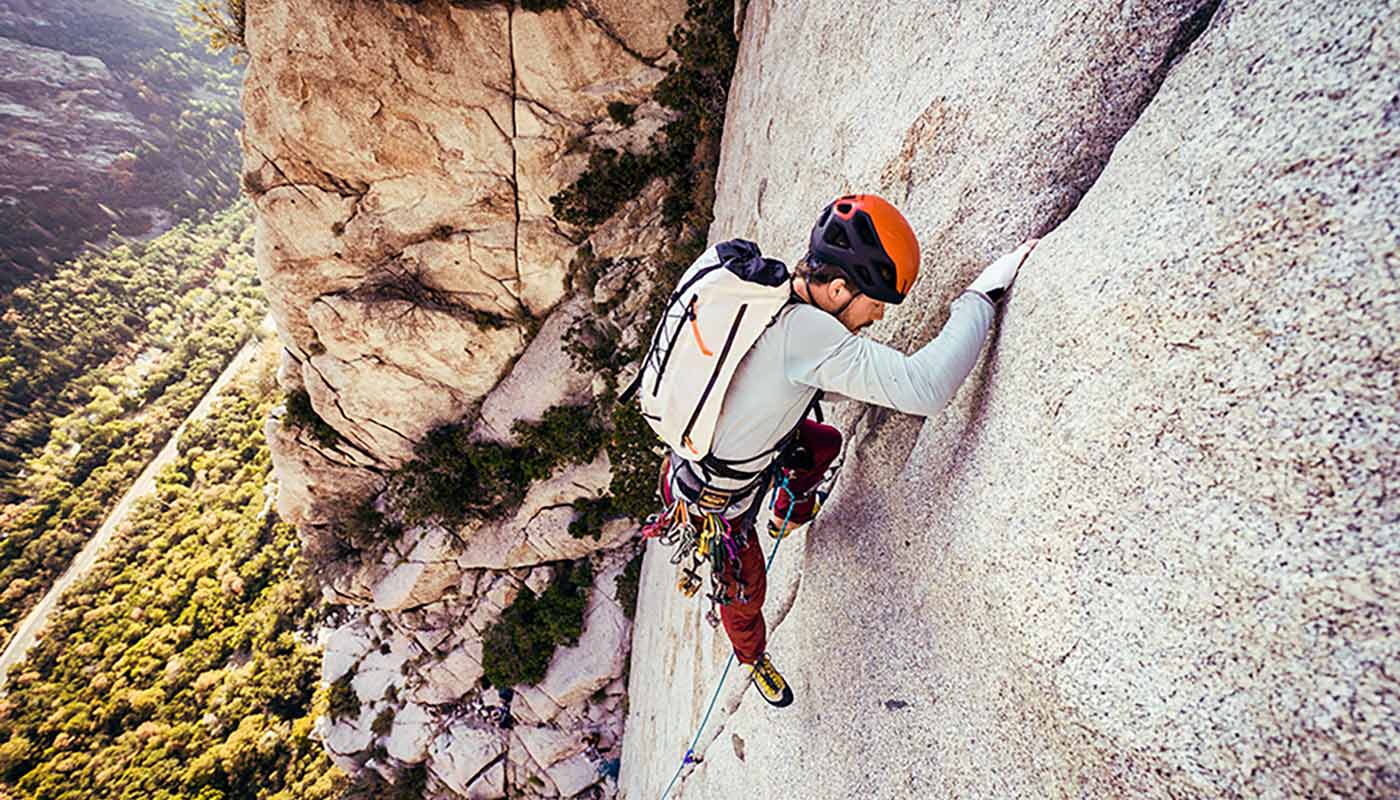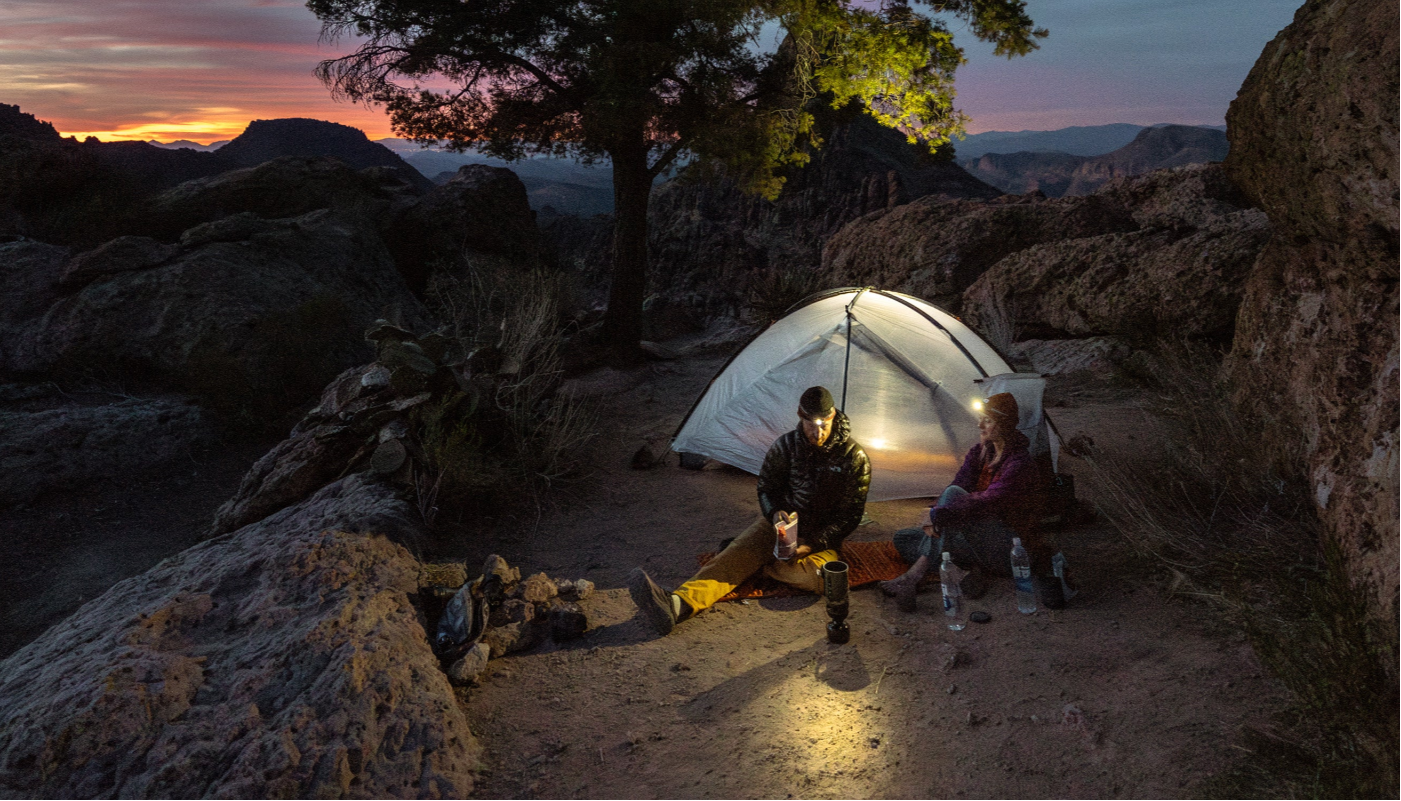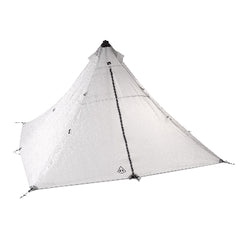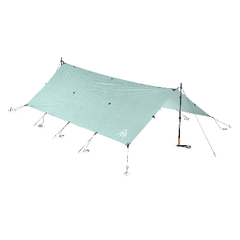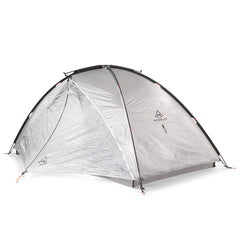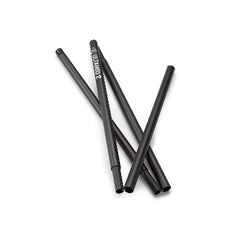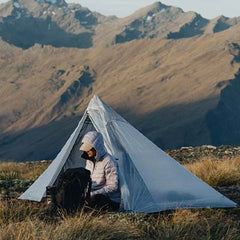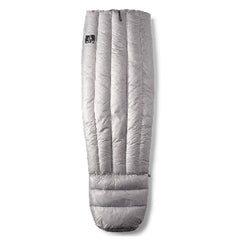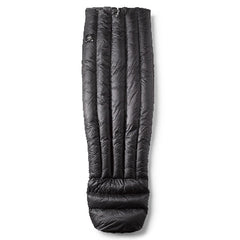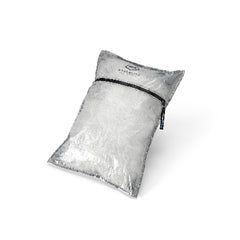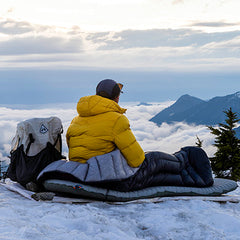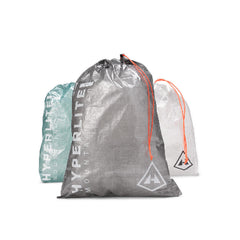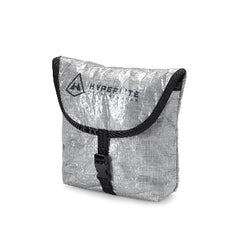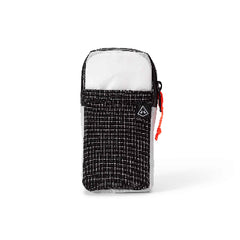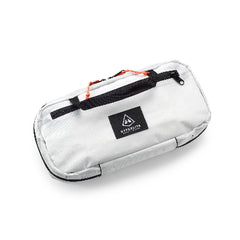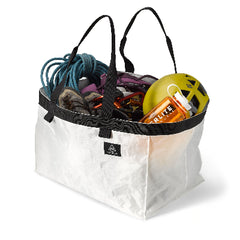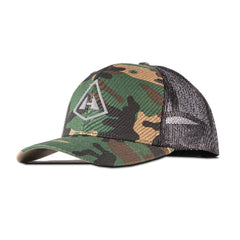Words and Photos by Carl “Professor” Stanfield @prof_carl
For as much time and energy that goes into preparing for a thru hike, sometimes the hardest part can be accepting the need for change. As part of an international couple navigating today’s precarious political landscape, we were forced to abandon our plans for an American thru hike and pivot to something in Canada. We had a four-week window in mid-May to operate in and wanted to spend it all on one trail. Thanks to the social media input from friendly northern neighbors, we discovered the 900km Bruce Trail.
 I’d never heard of it, but the Bruce Trail is actually Canada’s oldest long-distance hiking trail, following the Niagara Escarpment from Niagara Falls (how neat is that?!) up to Tobermory in the Bruce Peninsula. The trail does traverse through quite a few Urban areas, but the narrow ribbon of wilderness provides gorgeous green spaces and running waters along the way, with some truly unique hiking in the more wild northern end.
I’d never heard of it, but the Bruce Trail is actually Canada’s oldest long-distance hiking trail, following the Niagara Escarpment from Niagara Falls (how neat is that?!) up to Tobermory in the Bruce Peninsula. The trail does traverse through quite a few Urban areas, but the narrow ribbon of wilderness provides gorgeous green spaces and running waters along the way, with some truly unique hiking in the more wild northern end.
 GETTING STARTED
GETTING STARTED
We only fully committed to the Bruce Trail a week or two before heading out that way, which I think is the shortest turnaround time for a long hike I’ve ever had. Fortunately, the arrival logistics were made incredibly easy thanks to a wonderful trail ambassador and Bruce Trail thru hiker who lived near the southern terminus. Our new friend Ken picked us up, fed us, shared his Bruce insight, and took us to trail the next morning. My first experience with an international trail angel did not disappoint.
The proper southern terminus was a few miles out from the actual falls, but our angel gave us the full experience and took us the extra way to hop out and take some pics at the iconic landmark. From there, we snapped some pics at the terminus and took off through the park, following the first of many, many familiar-looking white blazes. And just like that, the trek was underway.
 The Good Professor with the Unbound 40 and Unbound 2
The Good Professor with the Unbound 40 and Unbound 2
CAMPING
The hardest part of hiking the Bruce Trail is simply figuring out where to put your head down each night. The Bruce Trail actually does not allow dispersed camping. There are a handful of legal sites across the trail, but not nearly enough to support a thru hike. This means that, in order to comply with the official rules of the governing conservancy, most nights are supposed to be spent off trail.
I enjoy my town nights as much as anybody, but on a backpacking trip, I truly love the freedom of camping anywhere. On this hike, I learned it’s something I’ve taken for granted for years doing all my hikes in the States. In most other countries, it turns out, it’s not so simple.
In my online research, I found it somewhere between hard and impossible to find info about what thru hikers who had done the trail were doing at night. Plenty of people slackpacked the whole trail with a friend or family member supporting them, but thru hiker overnight data was elusive. I was eventually able to communicate with some folks who had done it and learned what was going on here.
From what I was able to find, the reason there isn’t data about what to do is that a fair number of thru hikers are stealth camping along the trail. I discovered a sort of unspoken rule that thru hikers stay under the radar by stealth camping respectively (that is, not on any individual’s land) and not spreading information about it. You show up after dark and pack up before the sun is up. You practice LNT, you eliminate any trace of your stay, and you move on.
So, the options are a) get someone to support you the whole trail, b) hitch/taxi/walk to a motel nearly every night, or c) bend the rules. Not an awesome slate of options, unfortunately. And what exactly did we end up doing? Of the 25 nights of our hike, 13 were spent in our tent, and 12 were spent indoors, either with trail angels or in motels. We camped in proper camp spots as often as possible and camped in people’s yards who gave us approval. We did the best we could.
 THE TRAIL ITSELF
THE TRAIL ITSELF
Physically speaking, this was the easiest long distance trail I’ve ever hiked. Occasionally, the trail will climb and descend a couple of hundred feet up and down the escarpment, which is steep and, occasionally, rocky. For the most part, the trail is flat, and the miles are breezy.

Being near several urban areas, there are plenty of miles hiked on roads along the way, which always has its pros and cons. I will say this was probably the best, safest road walking of any trail I’ve done. Shoulders were always wide, and roads were usually very quiet. There were no loose or mean guard dogs near any rural homes. All the people we encountered who lived on or near the trail seemed to have positive relationships with the trail.
 RESUPPLYING
RESUPPLYING
As you might expect, with a trail so often close to civilization, resupplying was a breeze, as easy as anything I’ve experienced in the States. The trail often passes near or directly through areas with grocery stores or gas stations (or Tim Horton’s). In longer stretches between resupplies directly on trail, we had good enough cell service to get 10-minute Uber rides.
I’d seen online that it was common for folks to set up food caches for themselves out of fear/perception of a lack of resources, but I found this unnecessary. I think our longest carry was five days (~160 km/100 miles), but we ended up running into a couple of places in between where we were able to pick up extra snacks and definitely could have carried less.
 NAVIGATION
NAVIGATION
The Bruce Trail has its own app! Woohoo! While it’s not quite up to the standard of FarOut, it’s still extremely helpful and a solid enough resource to navigate the entire trail. I never once had inconsistencies with the marked trail vs. app map–I could measure distance from point to point, and some icons I could pull up in Google Maps to send to trail angels for pickups.
The main thing missing from this app is water source information. You can see streams and bodies of water on the map, but there are no waypoints at any of them and no comment feature to relay information between hikers (I really have been spoiled).
 PICK YOUR OWN ADVENTURE
PICK YOUR OWN ADVENTURE
While there is a primary solid red line that sets the proper route of the Bruce Trail, there are a myriad of dotted lines representing side trails and shortcuts along the trail. We found ourselves in a bit of a time crunch and ended up taking quite a few of these, as well as a few road walks, to make routes more direct. There wasn’t much information about these shortcuts in the app, but while on one of them, we found ourselves at the marked high point of the entire Bruce Trail, which led us to believe that these side trails offer some sweet experiences of their own.
TRAIL CULTURAL DIFFERENCES
Similar to small trails I’ve hiked in the US, the range of awareness of this oldest trail in Canada is vast. Interestingly, I found most people to fall on either pole: people had either never heard of it or were huge fans and dreamed of completing the whole trail someday. There was very little general awareness: folks seemed to either know it all the way or not at all.
There was also a very different culture around thru hiking this trail than I’d ever seen. Thru hiking this trail, or End to End-ing as it’s more commonly referred to up there, is relatively uncommon. There were two other groups that we knew of on trail while we were out there, but that was pretty much it. Trail register entries showed that a couple of other folks had been on the trail a month or so ahead of us, but there just weren’t many thru hikers out there. Far more common were aspiring lifetime End to End-ers–folks who pieced together day hikes over many years to complete the trail. It seemed to me that it was fairly common to complete this End to End without ever doing any backpacking–a string of day hikes was the common way to go.
In step with this practice, we found that the Bruce Trail Trail Angel Facebook page was most commonly used for folks to arrange shuttles for their day hikes. We were able to fish out a couple of people to help us on the page, but the overwhelming amount of support requests were for day hikers, not thru hikers–something I’m not used to seeing.
 OVERALL IMPRESSIONS
OVERALL IMPRESSIONS
The Bruce Trail is as beloved by its locals as any trail I’ve experienced. Ontario doesn’t have giant mountains or canyons. It has its Niagara Escarpment and the Bruce Trail, and the people treasure and fully appreciate what they have.
As a thru hike, it is logistically challenging due to its lack of camping infrastructure. It makes sense that the most common way to hike it is by stringing together day hikes, but everything else is in place for it to be a smooth sailing thru hike, somewhere between a Camino experience and a traditional US thru.
I was pleased to find that, like any smaller trail I’ve ever encountered, the community around the trail impressed me. We were housed and fed by strangers multiple times, from our first to our last nights on trail.
Its woods are lovely to saunter through, and the blue waters in the northern peninsula section make for lovely hiking.
We stumbled into something special when we came across the Bruce Trail. Just as I’ve found on any long hike, the trails always lead us where we need to go.
